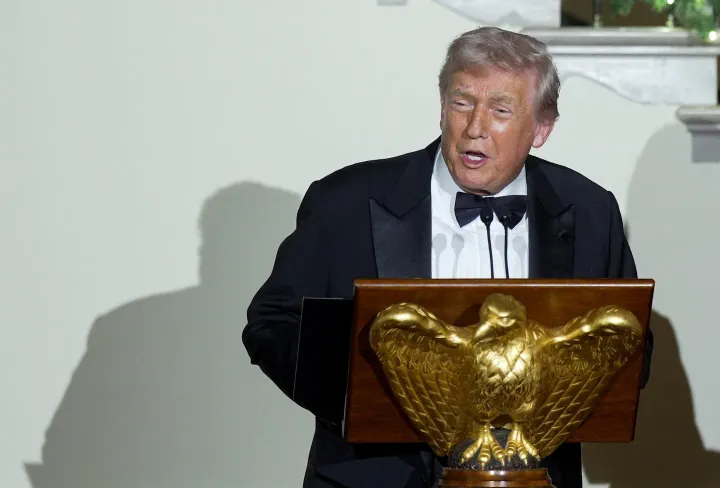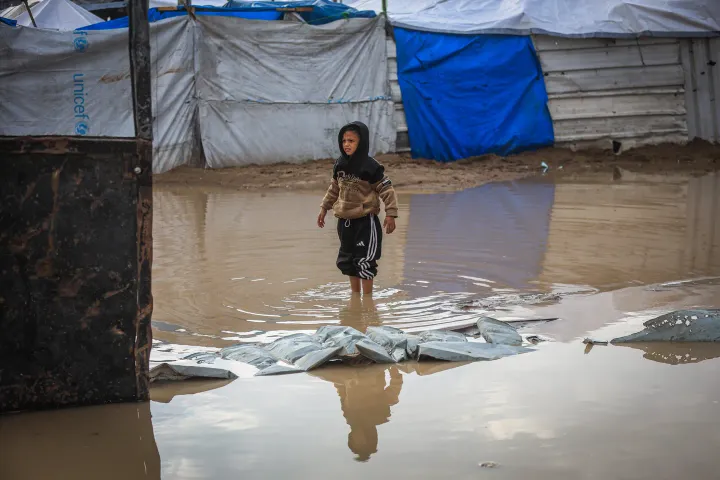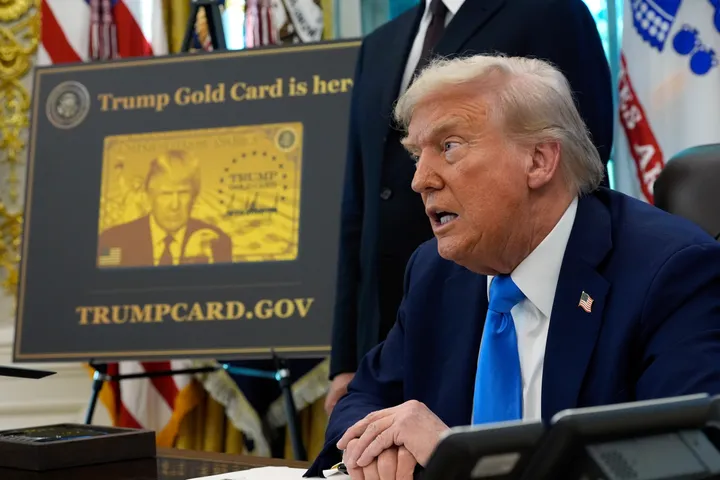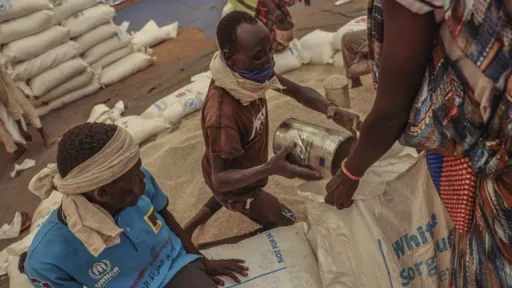By Camille Sari
Morocco, which has been under Structural Adjustment Programme since 1983, has the characteristics of an economy undergoing profound economic and social change with calls for more privatisation and reduction of public expenditure.
Nevertheless, it is ranked by the United Nations Development Programme (UNDP) as one of the countries with a rising human development index.
So many factors favour Morocco’s development trajectory including growing literacy rate among adults, positive trend in school enrolment rate in rural areas and investments in road, port and rail infrastructure among others.
A rural and urban health policy and wide coverage of health insurance scheme have improved the well-being and productivity of Moroccan workers.
In fact, Morocco's export-led policy, combined with the liberalisation of foreign trade, is helping to further open its market to the outside world. The country is tend to benefit - both internally and externally – from its open policy.
The country relies heavily on some processing industries including textiles, leather and tomato exports, and this is achieved by developing the industrial production sector.
This gives the North African country foreign exchange earnings. After its independence, Morocco’s economic development largely focused on building dams and developing agriculture for self-sufficiency and exports.
However, since the 2000s, industrial revolution has taken over, attracting international investors including automobile companies.
Ambitious strategy
Subsequently, the country took certain measures including the development of industrial zones, the promulgation of new investment laws, providing export incentives, assistance for exporting companies and simplifying customs procedures.
Exports of industrial goods have risen from 15% to 35% of the country's total export volumme, according to a report of the French embassy in Rabat last year.
The ability of a country to compete favourably with other countries and its citizens to be fit in the international labour market depends on improving productivity, vocational training, fighting illiteracy, as well as encouraging innovation and research and development.
The government in Morocco plays a key role in an ambitious development strategy including the creation of giant companies to face the challenges posed by the major regional and international alliances of the modern world.
In Morocco, most companies tend to occupy a vast regional and international space, both to the south in sub-Saharan Africa and to the north in the European Union-member countries.
Moroccan Small and Medium Entreprises (SMEs) are well prepared to face foreign competition, both on the domestic and export markets, and to form a hard core of leading companies.
Their ambition is to gain access to technology, develop investment and employment, and act as a driving force by encouraging the creation of a multitude of businesses around them.
With the exception of certain labour-intensive processing companies, the majority of Moroccan companies encourage the emergence of significant technical, commercial and financial capabilities.
Exports boost
The mobilisation of the capital needed to invest, adapt and restructure has been facilitated by the dynamism of the banking and financial sector.
It formed partnerships with foreign banks helping to improve the banking industry, payment systems and the development of a banking network and a credit distribution system favourable to productive investment.
The ability of the Moroccan private sector to take the centre stage in the development process requires greater diversification of the Moroccan economy. The hotel industry, urban transport, the agri-food industry, processing and new technologies have found support in foreign investment in the automotive, aeronautical and digital sectors.
In recent decades, Morocco has made progress in various areas including an average increase of 7% a year in net business start-ups, the number of jobs has risen by 6.7% a year and the wage bill increased by 13% a year.
According to IMF's 2022 annual report on Morocco, industrial sales have have grown by 13.5% a year, while the share of foreign investment in industrial sector has risen from 28% in 1990 to 35% between 2010 and 2020. It said the annual growth rate of actual industrial investment was 24%.
The rise in industry's share of GDP is much more related to exogenous factors, but also to the sector's own dynamics.
Processing industries continue to focus mainly on the production of consumer goods, which account for almost 50% of total output, while capital goods account for over 22%, according to the annual report of Bank Al Maghrib.
The vast majority of products manufactured are well processed, and the rate of value addition is rising.
The report said in 2022, Moroccan exports of manufactured goods reached €22 billion after an increase of €6.272 billion on the amount in 2022.
It said semi-finished products were top on the list of Moroccan exports, generating 63.88 billion euros, an increase of 2.631 billion euros compared to the same period in 2021.
These include natural and chemical fertilisers (€3.44 billion), phosphoric acids (€1.232 billion) and electronic components (€0.35 billion). Most of these are phosphate-derived products.
The challenges
Finished consumer products come in second place among Moroccan exports, with a total of 61 billion euros. Passenger cars alone account for double the exports of finished consumer products, reaching 2.52 billion euros.
In third place were finished industrial equipment with exports worth €3.59 billion. These are mainly wires, cables and conductors for electricity.
Food products come fourth, with exports in the first six months of the year totalling 3.47 billion euros, including crustaceans, molluscs and shellfish, fresh tomatoes and dried fruit, according to a 2022 World Bank report.
Certain constraints weigh on the Moroccan economy at both international and national level.
These include dependence on capital goods and the strengthening of direct and indirect protectionist barriers and discrimination against Moroccan products destined for the EU.
Another issue is that production costs in Eastern Europe and Asia are also much lower.
Morocco is facing new competition in areas where it used to have the upper hand such as textiles production.
While it is making tremendous progress, there is the need for it to face these challenges and try to address them in order to maintain its track.
The author, Camille Sari, is a professor of economics at Sorbonne University in Paris
Disclaimer: The viewpoints expressed by the author do not necessarily reflect the opinions, viewpoints and editorial policies of TRT Afrika.
























